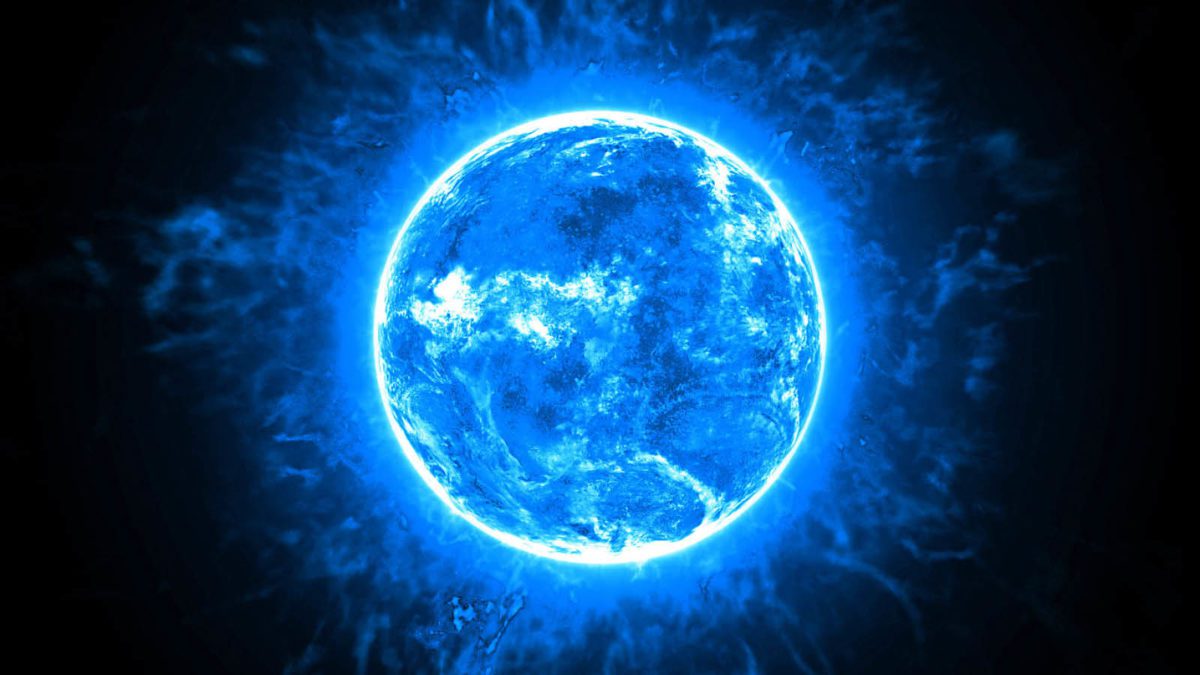Hazer Happy on Hydrogen Hype
The latest buzzword in the renewable energy space is “hydrogen,” with element H – the world’s most abundant – forecast by many to play a major role in the world’s transition to a more sustainable energy future, as an energy carrier that can be produced from a wide range of sources and used in many ways across the entire energy sector.
Industrial hydrogen is already widely used, but it’s mostly produced from natural gas, which generates significant carbon emissions – that kind is known as “grey” hydrogen. A cleaner version is “blue” hydrogen, for which the carbon emissions are captured and stored, or reused. The cleanest kind is “green” hydrogen, which is generated by renewable energy sources without producing carbon emissions in the first place.
To produce hydrogen, water is put through electrolysis – that is, using an electric current to break water, H2O, into its component elements of hydrogen and oxygen, both in gas form. If this electric current is produced by a renewable source (for example, solar PV or a wind turbine), the clean hydrogen produced is known as “green” hydrogen. The oxygen is benign waste.
It is this that has renewable energy advocates salivating.
At the moment, no-one has any real clue about the costs of green hydrogen, but it is certainly possible, relatively quickly, to produce green hydrogen in this way – and if you use a dedicated renewable power system and don’t use any additional power from the grid, yes, you’re producing hydrogen with nearly zero emissions (apart from that which resulted from smelting, building, transporting and installing all of the required equipment). At this stage, the capital costs of electrolysers and their efficiencies will dictate the viability of green hydrogen (not going into what happens if your renewable power source is disrupted.)
It’s early days on the stock market, with Perth-based Hazer Group (ASX: HZR) really the only pure-play exposure to green hydrogen – only not through electrolysis. Hazer, which was founded in 2010 to commercialise technology developed at the University of Western Australia, and listed on the ASX in December 2015, committed in July to build a commercial demonstration plant (CDP) to prove that its Hazer process works. The process uses iron ore as a catalyst to produce hydrogen and graphite – rather than carbon dioxide – from methane. The process decomposes methane into hydrogen molecules and solid graphitic carbon.
Hazer’s CDP will be built at Perth’s Woodman Point wastewater treatment facility. The feedstock will be biogas produced from sewage waste, which will be converted into green hydrogen. Woodman Point already has bio-digestor facilities on site, which allow for methane gas to be produced and captured from the sewage waste received at the plant, and will serve as a ready-made supply of green biogas for the Hazer hydrogen project. The project will use about two million standard cubic metres of biogas that is currently being flared-off, for environmental mitigation.
The plant will produce 100 tonnes a year of hydrogen at fuel-cell grade, meaning it will be capable of use as a low-emission transport fuel, in heavy-duty applications such as passenger vehicles, buses, trucks, rubbish collection vehicles and long-haul road transport – or for power generation, or as a “cleaner” source, in terms of carbon-dioxide emissions, for industrial applications. With a global market worth more than US$100 billion ($135 billion), hydrogen is widely used as an industrial chemical – primarily within the petroleum industry and for the production of ammonia.
The project will also produce about 370 tonnes a year of high-quality synthetic graphite, which could be used for energy storage and other large global graphite applications – the CDP will provide the first larger-scale example of Hazer graphite available to market. Hazer says its graphite is highly crystalline and has excellent comparison to high-end commercial forms of graphite used in lithium-ion batteries – but with less environmental impact, as Hazer does not need to excavate mass areas of land like natural graphite extraction and does not need to use harsh chemicals like petroleum coke, which is used to create current synthetic graphite.
The $17 million plant will also feature a stationary hydrogen fuel cell power-generation system, allowing Hazer to use some of the hydrogen it produces to generate its own renewable power, thereby offsetting power purchased from utility providers and reducing operating costs. The installation of the hydrogen fuel cell will be one of the first larger-scale installations in Australia and the company says it will demonstrate the technology’s ability to be integrated with the Australian grid.
Hazer is targeting commissioning in October 2021, with the CDP intended to operate for up to three years or until the end of 2023.
Last month, HZR slumped 20% on the share market when iron ore, lithium and mining services heavyweight Mineral Resources bailed-out of a collaboration agreement to investigate the development of a synthetic graphite project. All that really indicated was that Mineral Resources had decided that graphite was no longer a strategic focus for it, and there were better opportunities available to it in its iron ore, lithium and mining services businesses.
HZR shares have recovered those losses, and more: from 40 cents at the start of the year, HZR has doubled to 80 cents, via a range of 26 cents (March) and 86 cents (December). There are a quite a few stocks talking-up hydrogen – but this is the most advanced.









